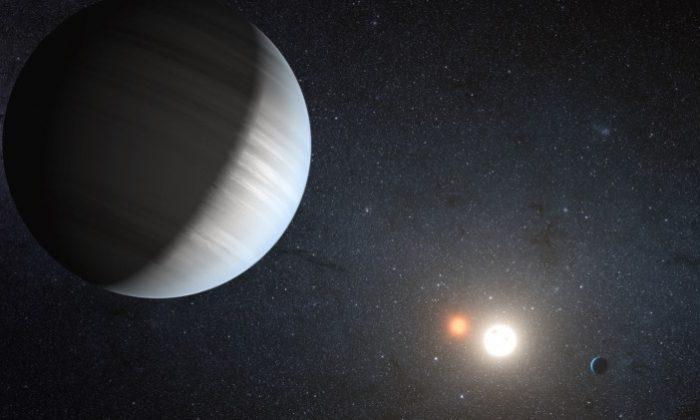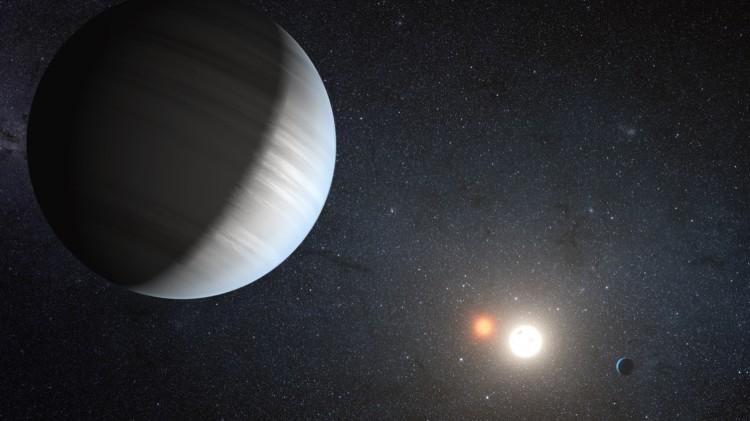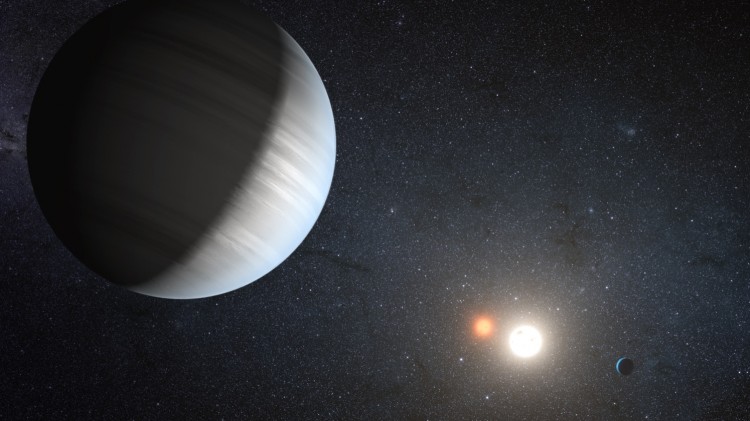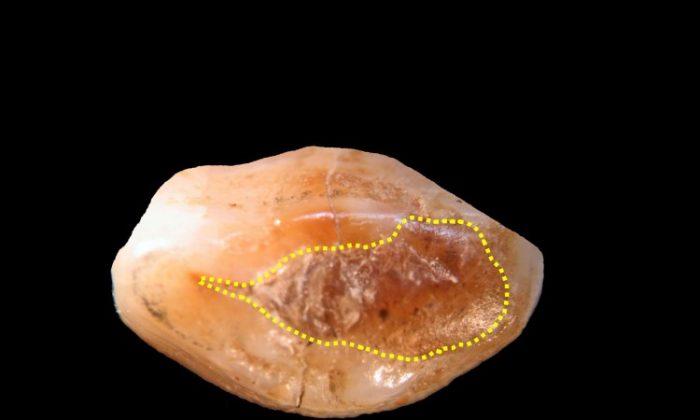The first known circumbinary, multi-planet system has been discovered: two planets orbiting a pair of stars about 5,000 light-years away in the constellation Cygnus.
The new system is called Kepler-47, and the two stars are circling each other every 7.5 days; one is similar to our sun, but the other is about one-third its size and much fainter.
The inside planet is three times larger than the Earth and orbits the suns every 49 days. The outside one is a bit bigger than Uranus and orbits every 303 days.
“Each planet transits over the primary star, giving unambiguous evidence that the planets are real,” said study lead author Jerome Orosz at San Diego State University (SDSU) in a press release.
“Based on their radii, these probably have masses of approximately eight and 20 times that of the Earth.”
Despite the intense climate changes from the two suns, the outer planet is in the “habitable zone,” a region where a terrestrial planet could have liquid water suitable for life.
“Kepler-47 shows us that typical planetary architectures, with multiple planets in co-planar orbits, can form around two stars,” said study co-author Joshua Carter at the Harvard-Smithsonian Center for Astrophysics in the release.
“We’ve learned that circumbinary planets can be like the planets in our own solar system, but with two suns.”
These planets are in a small group of known transiting circumbinary planets with only four others discovered: Kepler-16, 34, 35, and 38.
“The thing I find most exciting is the potential for habitability in a circumbinary system,” said Kepler scientist William Welsh at SDSU in the release.
“Kepler-47c is not likely to harbor life, but if it had large moons, those would be very interesting worlds.”
The findings will be published in Science on Aug. 31.
The Epoch Times publishes in 35 countries and in 19 languages. Subscribe to our e-newsletter.






Friends Read Free